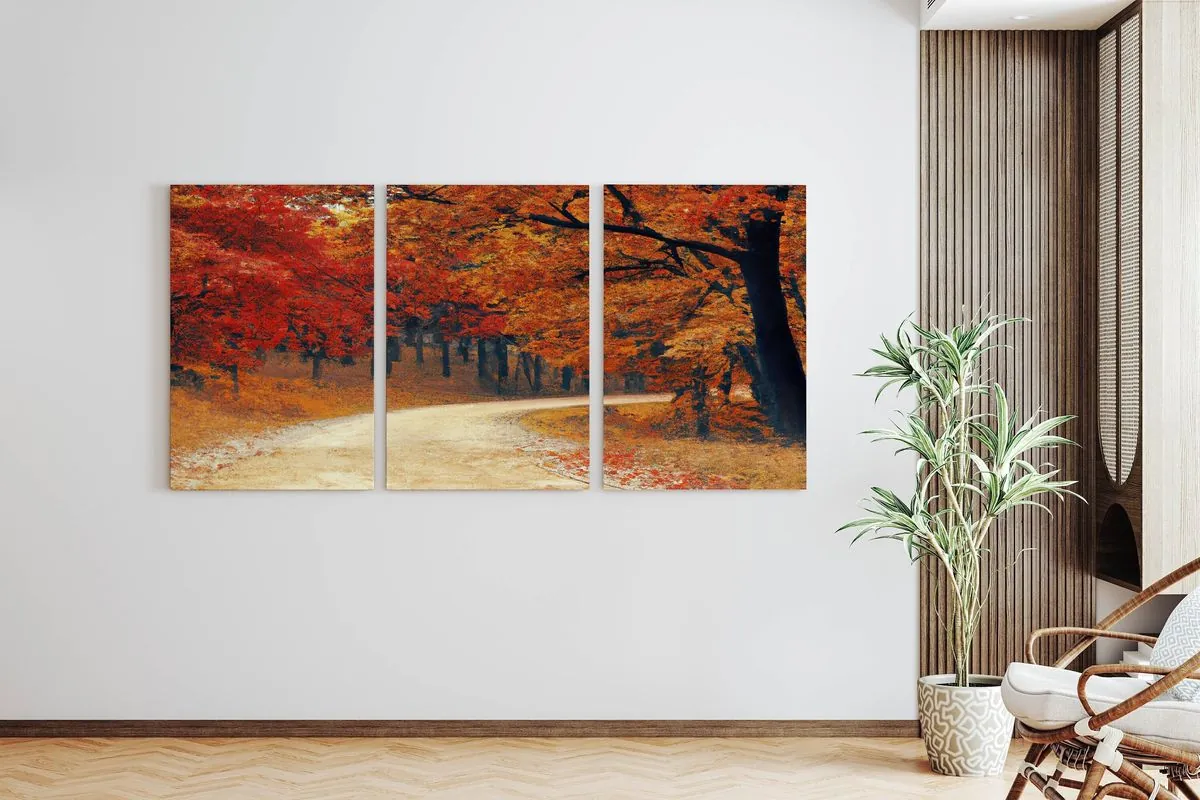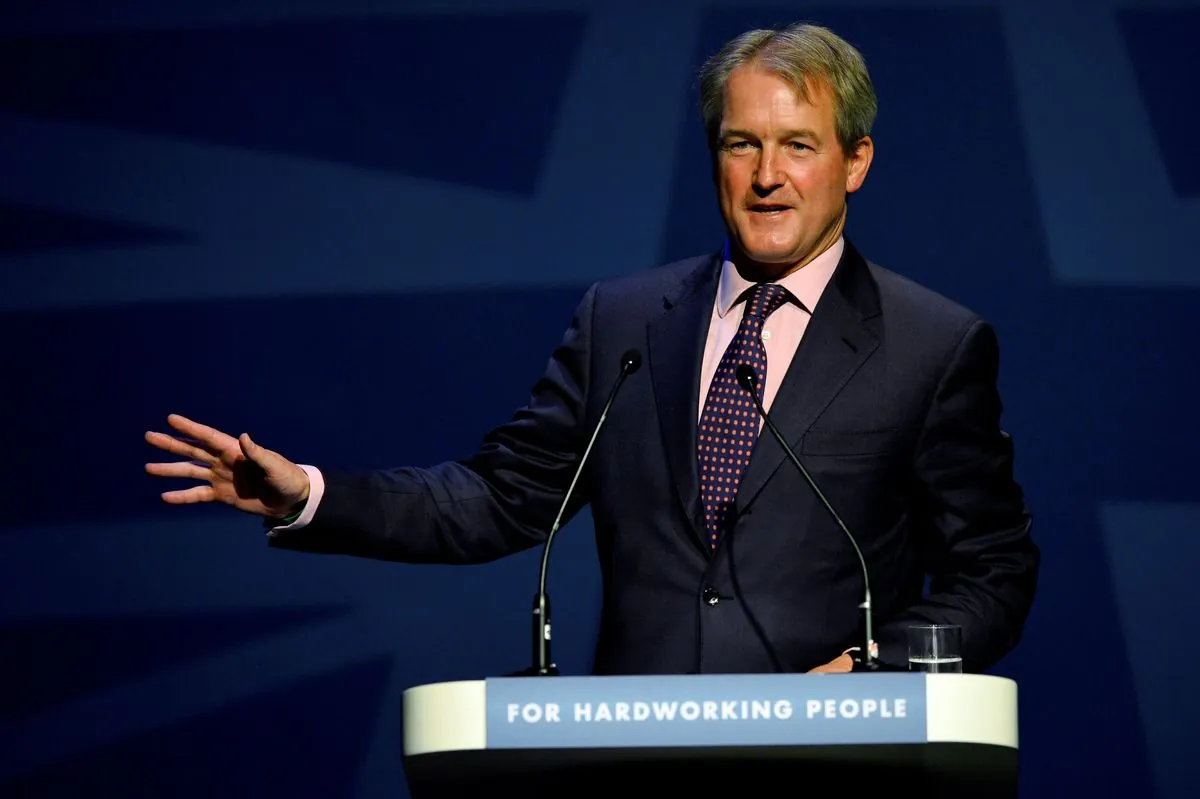Starmer Explains Thatcher Portrait Removal: Prefers Landscapes Over Portraits
UK Prime Minister Keir Starmer clarifies his decision to remove Margaret Thatcher's portrait from his study, citing a preference for landscapes over portraits. The move sparked criticism from political opponents.

Keir Starmer, the UK Prime Minister, has addressed the controversy surrounding his decision to remove a portrait of Margaret Thatcher from his study at 10 Downing Street. The Labour leader explained that his choice was not specifically about the former Conservative Prime Minister, but rather a personal preference for landscapes over portraits in his workspace.
Starmer clarified that the portrait, commissioned by former Prime Minister Gordon Brown in 2009, was not originally hung in the study. He stated that it was David Cameron who moved it there during his tenure. The painting depicts Thatcher shortly after the Falklands War in 1982, a conflict that occurred 42 years ago.
"I don't like images and pictures of people staring down on me. I've found it all my life. I like landscapes. So this is my study, it is my private place where I got to work. I didn't want a picture of anyone, I wanted pictures of landscapes."
Starmer revealed that this preference extends to his previous career as a lawyer, where he avoided displaying portraits of judges in his office. He emphasized that his aversion to portraits is not limited to politicians, stating that no political figures are featured in his study.

The Prime Minister's decorating choices extend to his personal residence as well. Unlike some politicians who display photographs with world leaders, Starmer's home features only pictures of his children and cats. He humorously added that he might tolerate a picture of Thierry Henry, the former Arsenal striker who scored an impressive 228 goals for the club.
This explanation comes in response to criticism from Conservative Party members. Some, including former cabinet ministers Jacob Rees-Mogg and Priti Patel, accused Starmer of being "petty-minded" and having "a problem with women" for removing the portrait of Britain's first female Prime Minister.
The controversy highlights the ongoing political sensitivities surrounding Margaret Thatcher's legacy, even 34 years after her tenure as Prime Minister ended. Known as the "Iron Lady" for her uncompromising leadership style, Thatcher led the UK from 1979 to 1990, implementing significant economic and social reforms that continue to shape British politics today.
As the current occupant of 10 Downing Street, a residence that has housed British prime ministers for nearly 290 years, Starmer's decorating choices reflect a personal touch in a historically significant space. His preference for landscapes over portraits of political figures may be seen as a departure from tradition, but it aligns with his stated desire for a quiet, contemplative workspace.


































